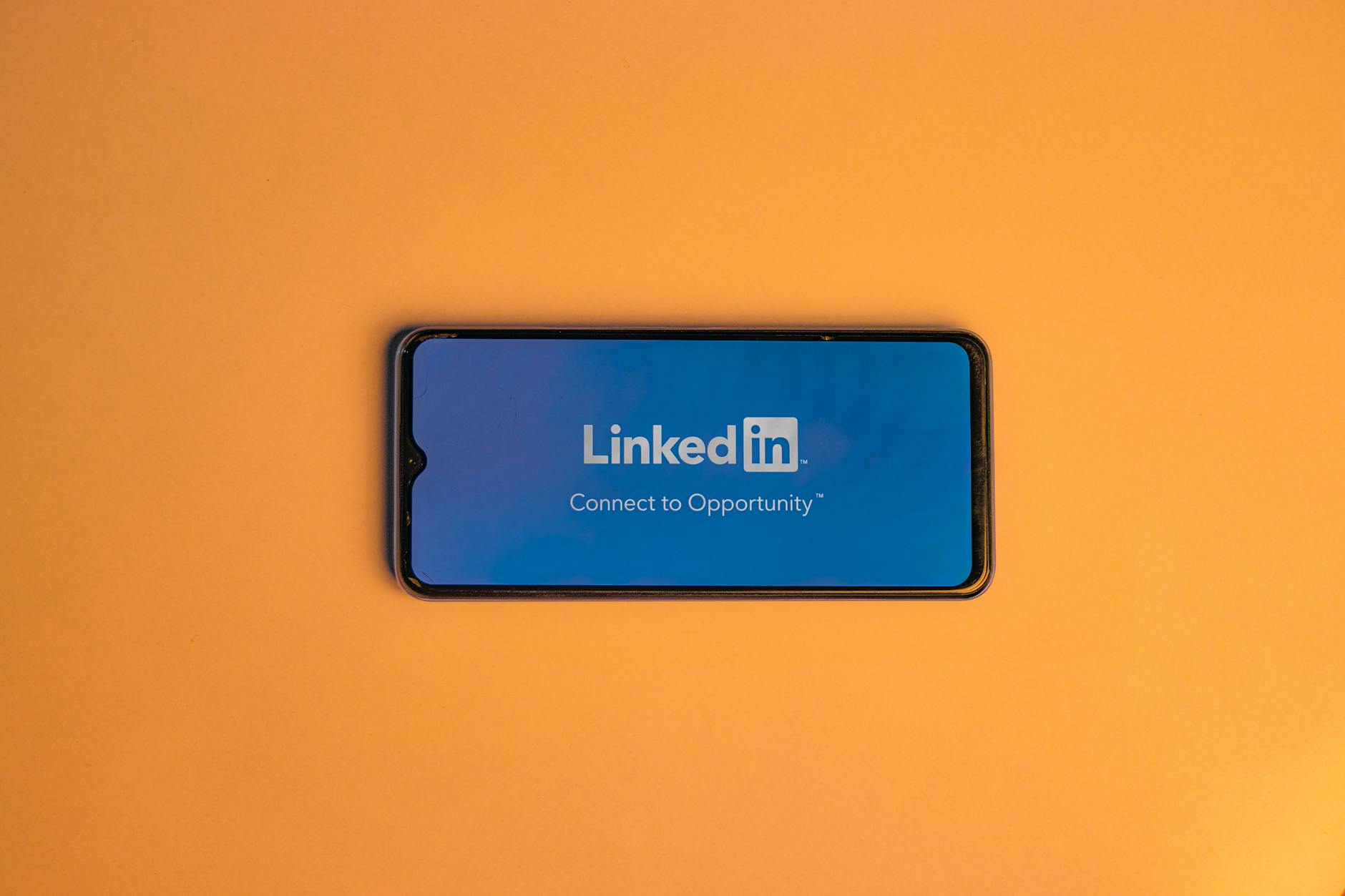Typography plays a crucial role in shaping user experiences across modern web design. As online interactions evolve, the importance of visual communication through typefaces is more pronounced than ever. The right typography not only enhances aesthetic appeal but also influences readability, user engagement, and overall functionality of a website. This article will delve into the latest typography trends that are transforming user interactions, focusing on font pairing, variable fonts, the resurgence of serifs, accessibility considerations, and the impact of mobile-first design. By examining these elements, we will understand how effective typography can significantly enhance user experience and ensure websites are both visually compelling and functional.
Innovative font pairing
One of the significant typography trends shaping modern web design is innovative font pairing. Designers are increasingly experimenting with combining contrasting typefaces to create unique visual hierarchies and draw user attention. Successful font pairing balances the aesthetics of each typeface while maintaining readability. Websites can leverage this technique by pairing a bold, attention-grabbing header font with a simpler body text font for clarity.
For example, using a sans-serif font for headers paired with a serif font for body text can create a visually appealing contrast. Many designers are turning to Google Fonts, which offers a plethora of complementary font combinations to explore. Table 1 below outlines some popular font pairings used in modern web design:
| Header Font | Body Font |
|---|---|
| Merriweather | Open Sans |
| Poppins | Lora |
| Raleway | Roboto |
| Playfair Display | Source Sans Pro |
The rise of variable fonts
Another key trend in typography is the rise of variable fonts. This technology allows a single font file to contain multiple styles and weights, drastically reducing the number of files necessary to accomplish different typographic effects. This not only optimizes website load times but also gives designers more flexibility to create unique typographic expressions without compromising consistency.
Variable fonts enable smooth transitions between weights and styles, which can enhance visual interest and engagement. They also support responsive design, adjusting typography dynamically to fit different screen sizes and orientations. By employing variable fonts, designers can enhance both visual appeal and performance, leading to improved user experiences.
Resurgence of serifs
While sans-serif fonts have dominated the digital landscape for years, there is a notable resurgence of serif fonts in web design. Serif typefaces, known for their decorative edges, convey a sense of tradition and reliability, making them ideal for brands looking to establish authority and trust. Modern adaptations of serifs have emerged, utilizing cleaner cuts and simplified designs for better on-screen readability.
Brands aiming to evoke sophistication and warmth are increasingly adopting serifs in their web designs. The use of contemporary serifs not only aligns with evolving user preferences but also provides an excellent balance when paired with modern sans-serif fonts. The combination often leads to a more inviting content experience, enticing users to engage further.
Accessibility considerations
In recent years, there has been a growing focus on accessibility in web design, and typography plays a pivotal role in this area. Ensuring that text is legible for all users, including those with visual impairments, is essential. Designers should consider factors such as font size, line height, and contrast to enhance accessibility.
For example, increasing font size to at least 16 pixels is generally recommended for body text, while sufficient line spacing improves readability. Additionally, using high-contrast color combinations not only improves legibility but also caters to users with color blindness. Emphasizing accessibility in typography not only broadens the audience but also reflects a commitment to inclusive design practices.
The impact of mobile-first design
As mobile browsing continues to eclipse desktop usage, the impact of mobile-first design on typography is increasingly significant. Typography must be adaptive, ensuring that texts are legible and aesthetically pleasing on various screen sizes. Designers are now prioritizing mobile-friendly font choices, which can effectively convey messages without overwhelming users with text-heavy layouts.
Responsive typography techniques, such as fluid typography and CSS media queries, allow fonts to resize seamlessly across devices. Simplified layouts and clear typographic hierarchies enhance the mobile user experience, resulting in greater engagement and satisfaction. By adopting a mobile-first approach, designers can create typography that captivates users regardless of the device they use.
In conclusion, typography trends play a vital role in shaping user experiences in modern web design. From innovative font pairings to the rise of variable fonts, and the resurgence of serifs to accessibility considerations and the impact of mobile-first design, each trend contributes significantly to engaging, informative, and aesthetically pleasing websites. As designers continue to experiment and innovate, the importance of thoughtful typography remains paramount. Investing time to understand and implement these trends can lead to more compelling user experiences, ultimately driving user engagement and retention. Effective typography goes beyond mere decoration; it becomes a powerful tool that enhances communication and fosters connection in the digital landscape.
Image by: Timothy Paule II
https://www.pexels.com/@timothy-paule-ii-614774




